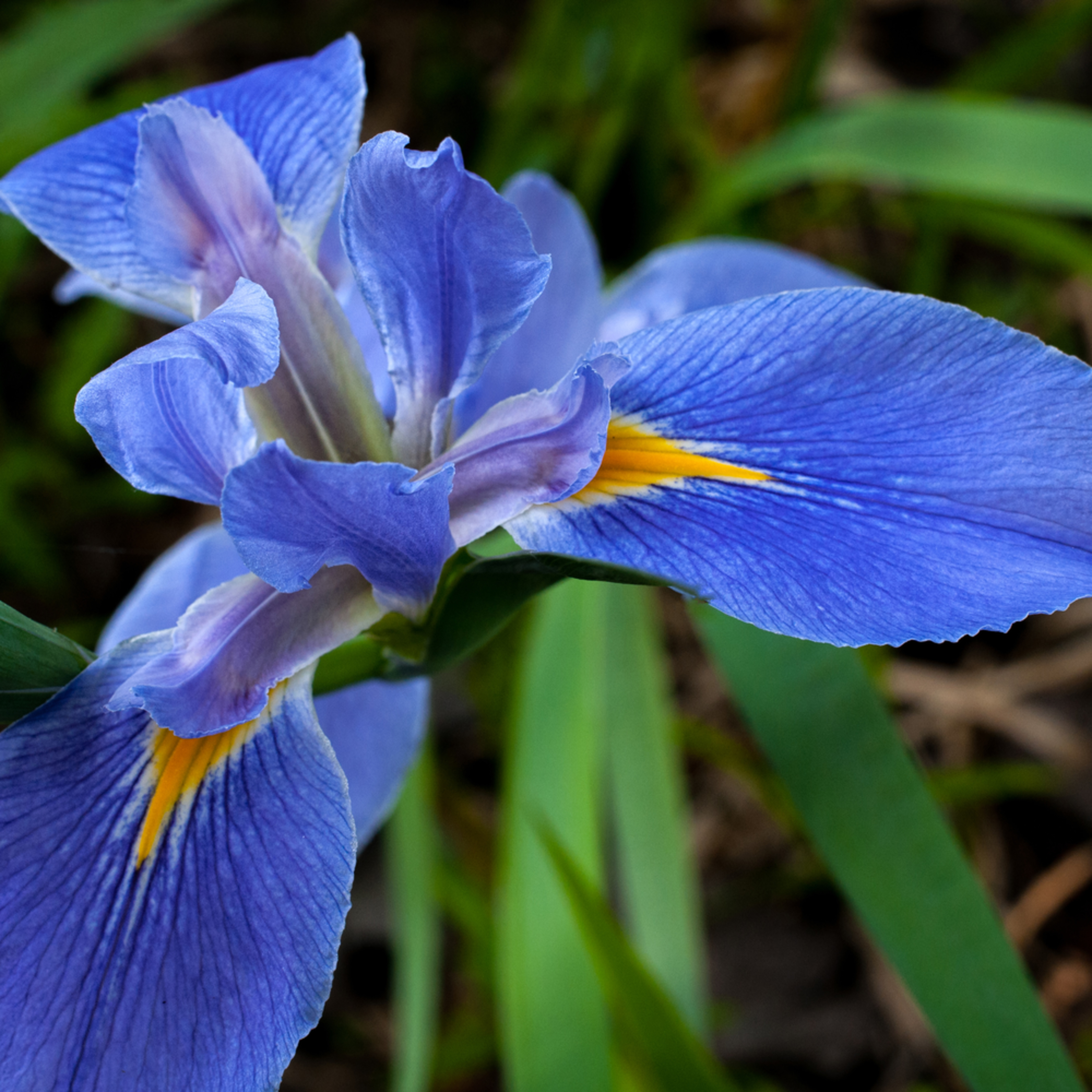

From late March to mid-April, a mature plant will send up a thick bloom stalk, often branched, supporting five to 10 large flowers (3 to 7 inches across) that open sequentially, each lasting only two to three days. The plants propagate both by seed and perennial rhizomes, the latter being responsible for the dense clumping habit of the plants. The blade-like foliage springs from a fleshy, shallow underground storage stem called a rhizome. Individual specimens are usually 2 to 3 feet tall, although records document titans of 5 to 7 feet. Southern Louisiana – with its high rainfall, frequent hurricanes, and low topography featuring a labyrinth of swamps, marshes, bayous, rivers, and man-made canals and ditches – is the plants’ quintessential home. For example, all require temperate climates with moist, acidic soils. The five species that constitute the generalized Louisiana Iris share distinctive traits. Today, drainage and pollution of wetlands, coastal subsidence, erosion, incursions of saltwater, herbicides and exploitation by collectors have all contributed to a drastic decrease of these plants in the wild.

As a youngster growing up in the outskirts of New Orleans, I remember seeing what my father called “Blue Flags” virtually everywhere rain and floodwaters lingered. Early botanical chronicles describe the watery land of what is now the New Orleans Metropolitan Area as a kaleidoscope of color.

When nature ruled, southern Louisiana boasted one of the grandest spectacles of spring color to be found in North America.

The Giant Blue Flag, or Iris giganticaerulea, largest and most common of the group, is honored as Louisiana’s official wildflower. Termed Blue Flag, Louisiana Flag, Louisiana Iris or simply, Louisianas, the names apply technically not to one but to five distinct but closely related species of plants with characteristic sword-like leaves (“flags”) and lily-like flowers. A special variety, however, occurs naturally only in the freshwater wetlands within the lower Mississippi Delta and along the Gulf Coast. Irises are distributed worldwide, particularly within temperate climates. Moreover, in 1990, the Louisiana State Legislature adopted as the official State Wildflower an actual living fleur-de-lis: the Louisiana Iris. We Louisianians adorn everything from ornamental iron, tile and glass works to street signs, flags, stationery, clothing, Mardi Gras masks and those stylish helmets of the New Orleans Saints football team with the fleur-de-lis. Since I call Louisiana home, the fleur-de-lis has been part of my heritage, too. Over time, the fleur-de-lis has evolved as an enduring symbol of early France and Christianity, as well as a metaphor for nobility, heraldry, artistry, perfection, purity, light and life. Historically, the emblem was associated with the coats of arms and flags of French royalty, as well as the Trinity and Virgin Mary of the Roman Catholic Church. Throughout the Western world, the most recognizable floral icon is perhaps the fleur-de-lis, literally “flower of the lily.” Traced back at least to the 12th century, the classic, elegant design of the Louisiana Iris is thought to depict a stylized iris flower.


 0 kommentar(er)
0 kommentar(er)
